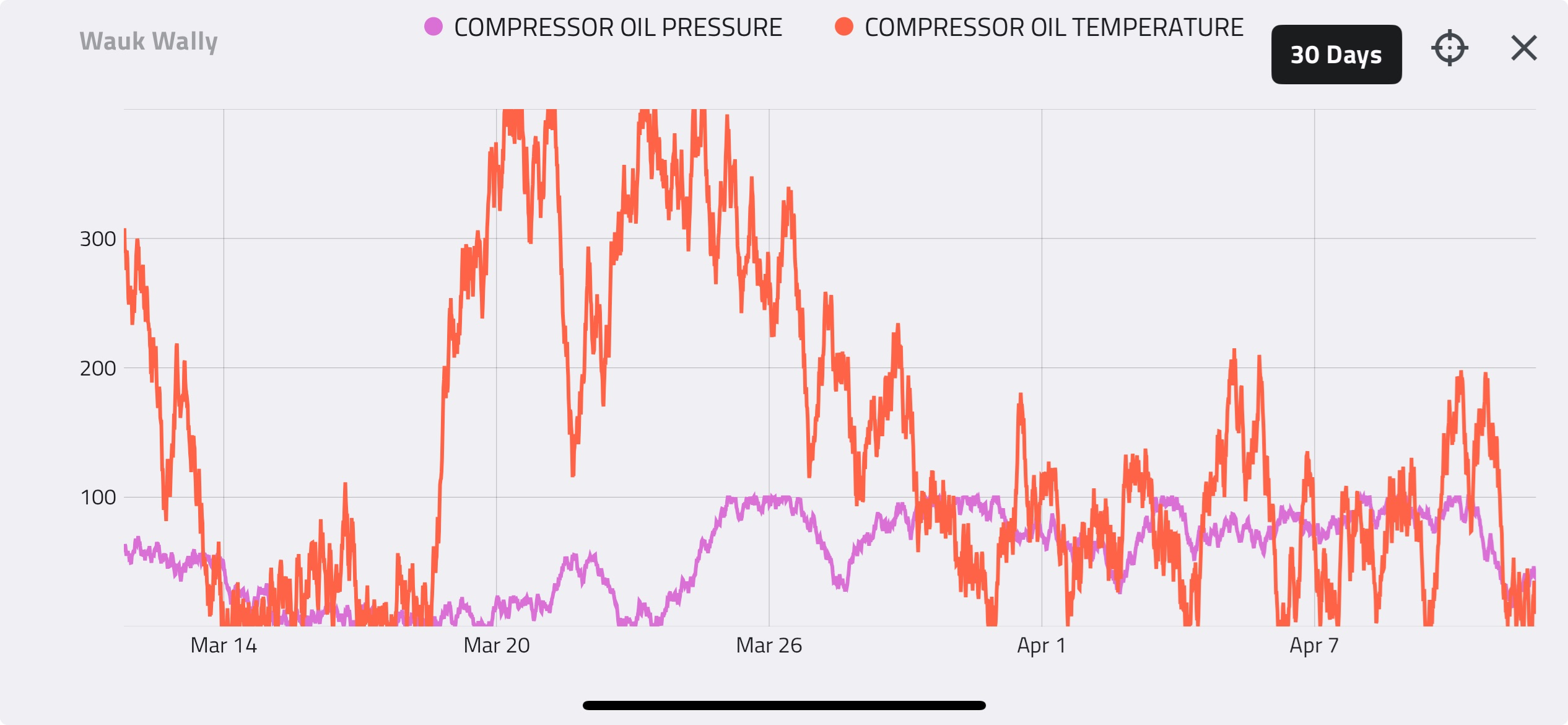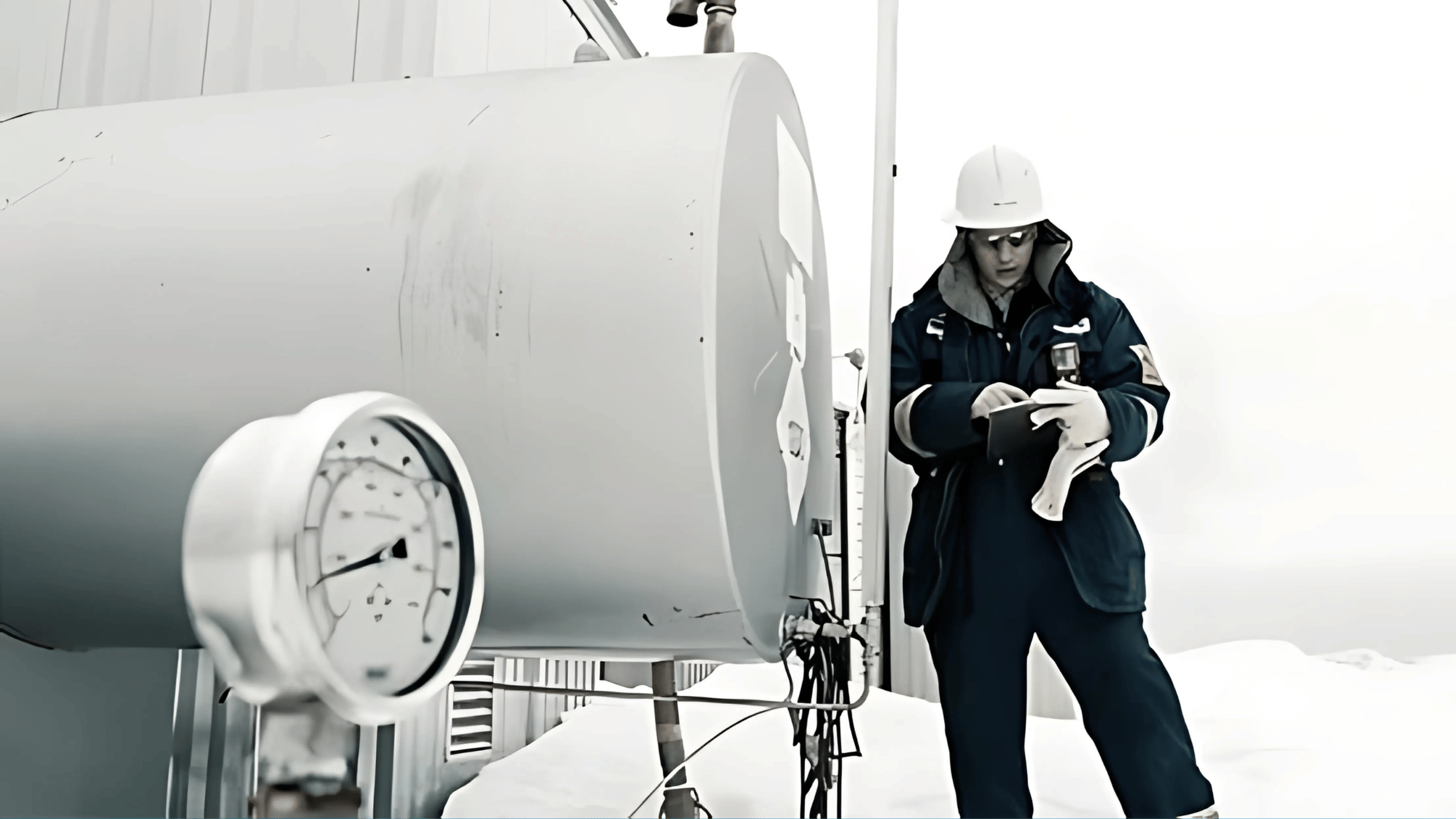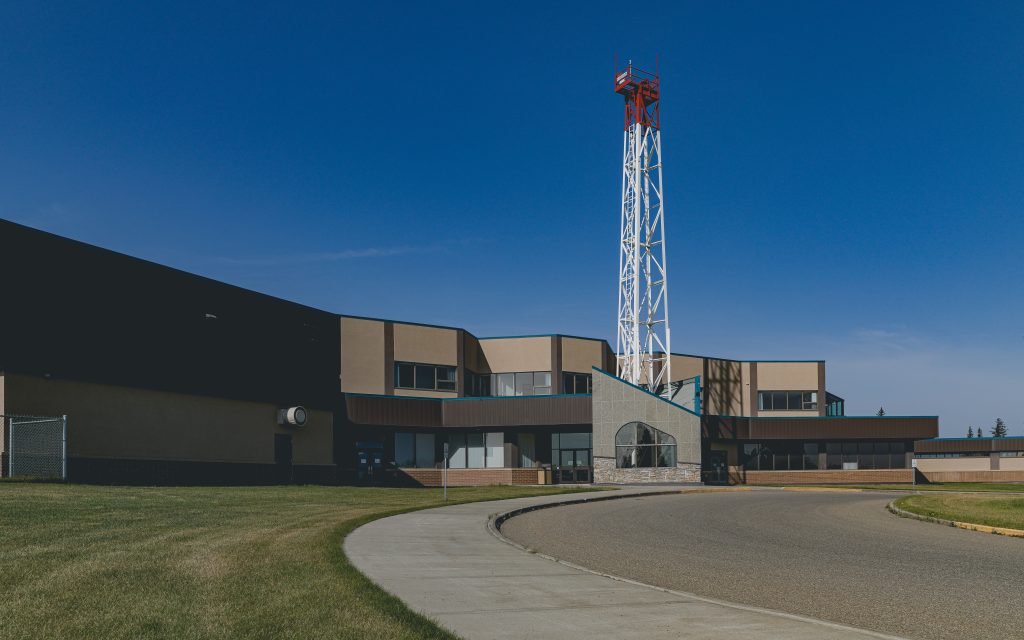Houston, TX |
The summer months can be fun for vacations, pool time, trips to the beach or just cranking up the AC and staying indoors. But, for your compressor fleet, it’s a tightrope act on maximizing your runtime, without overheating your units and forcing shutdowns. The hotter it gets (and it’s been HOT lately), the harder it is to control variable conditions and the various elements to keep your compressor units running without overheating. Most of the time, there aren’t enough resources to go out and manually adjust things like engine speed or the suction control set points to avoid overheating, and then bring them back up as the evening temps drop.
With remote operation with Edge Devices like those at Detechtion, this burden goes away and lets you “beat the heat” – here’s how.
What Is An Edge Device?
In basic terms, an edge device is the end point of a network, where the data and technology meet the “real world”. The data from the real world is collected and communicated from a device sitting on that endpoint and sent back to the operators and gives them the information they need to make decisions, and in many cases, influence what happens to that endpoint at the edge – basically, you can influence what that real-world unit does.
For compression management, edge devices are literally computing consoles connected directly to the skid that tap into just about any element that impacts how well it needs to run. Not only does it collect and send back information about your temperature, pressure, RPMs, cooling, etc., – it also enables you to remotely send commands back to the device to change how the compressor skid runs. Essentially, data-driven remote controllers. And, when it’s 90°+ degrees Fahrenheit and you have dozens of units operating under these conditions, the ability to remotely change your settings becomes a critical need for maximizing efficiency while reducing the resources needed to prevent any shutdown risks.
The Root Of The Problem
Last year, Texas experienced 122 days that were over 90°F. Every time the temperatures rose like that, the set points to kill the engines would threaten to trip unless you did something. Why? Less engine power is available as the air temperature rises due to reductions in the air density and a reduction to the thermal efficiency. The following visual outlines that for a CAT G3516, less engine power is available as temperatures exceeding 90°F so the power you had in the morning is not the same power you have in the scorching heat.

A Case Example
An operator was experiencing shutdowns due to IMAT with the hot weather on 6 of their assets which did not have automated suction control valves. To mitigate the issue, they found that by reducing the RPMs on their units by anywhere from 10-20 RPM, they would avoid a shutdown, but would experience an estimated 6% loss in production per day. However, if they didn’t reduce the RPM, they would have 0% production during the time it would take a field tech to come out and restart the unit manually. So, the operator had a few choices with the equipment they had available to them:
- Reduce the speed by 20 RPMs to minimize shutdowns, but incur a production loss. For 4 MMSCFD in production, the 6% production loss @ $2/MSCFD accounted for a $480/Day reduction in revenue.
- Reduce the speed by 20 RPMs only during peak temperature periods by ramping down in the morning and ramping up in the evening. This would minimize production loss but incur 2 field visits/day. At an estimated $500/trip, the increased technician cost would be $1000/day.
- Operate at full speed but risk an unscheduled shutdown. In this scenario, the cost of an unscheduled shutdown accounts for both the callout cost and production loss. Assuming 3 hours of downtime, this works out to: $500 callout cost + (3/24 hours * 4000mscf * $2/mscfd) = $1500/shutdown
The operator knew there was a better way so they decided to utilize the PID control made available on their edge device (the Enbase Hub) to reduce the RPMs based on the available power of the engine after the derate due to ambient temperature was accounted for. What this allowed for is the engine to operate at full RPMs when the power was available and reduce RPMs when the power was not available. This ensured maximum utilization to improve the overall throughput and reduce the likelihood of unplanned shutdowns.
The Result
By utilizing PID Control and edge calculations that determine the available power of the engine based on the inlet temperature, the operator was able to maintain production with minimal production loss, minimize unscheduled downtime, and keep technician visits to a minimum. Over the summer months, this translates to a $15,000-45,000/Month per unit benefit through maintaining production and minimizing operational costs.
Putting It All Together
Having an edge device can benefit your operations in that you can monitor and control more of your compression fleet from a single location. If you have the sensors and data to transmit to your control center, you can use the technology to remotely impact how your compression units react. Computing at the edge is a powerful way to keep an eye on what your compressor skid is doing and, in many cases, send commands to impact how they operate. This helps to minimize risks of failure, reduce expensive resources and time to go out and manually fix issues, and keep your fleet efficient in all times of conditions – especially in the summer heat.



